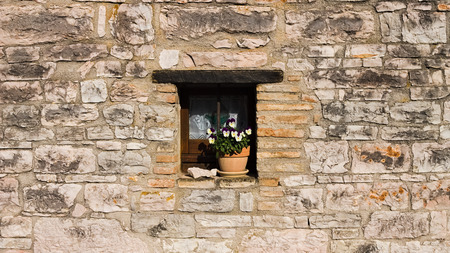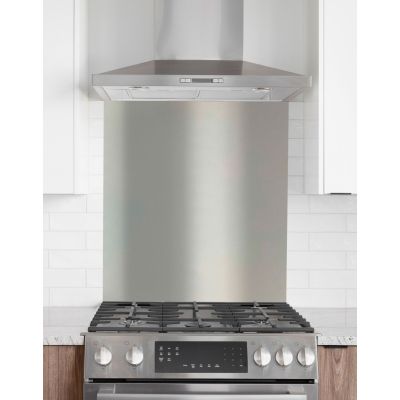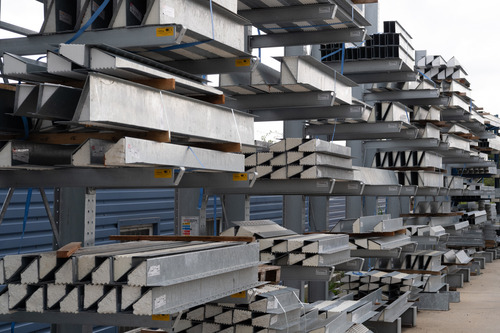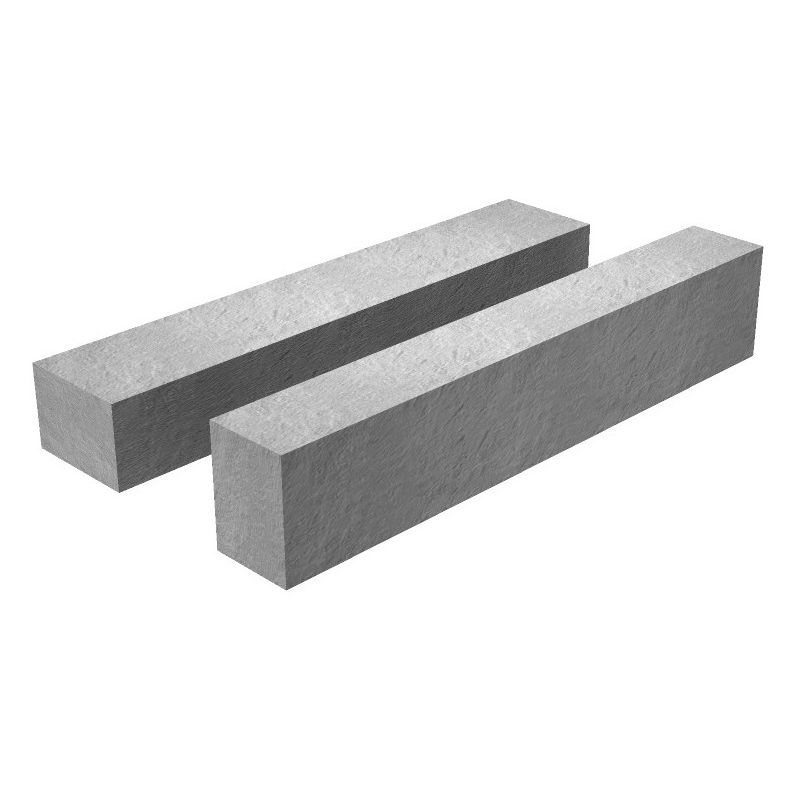Lintels are an integral part to constructing a solid building structure. They provide support and distribute weight, allowing the integration of doorways, windows, and other openings in a wall, while maintaining the integrity of a building. Without lintels, the wall cavities made by doors, windows, or other openings would compromise the structural continuity of a building.
In this article, we will provide an overview of different types of lintels, their features and uses, so you can choose the right lintel for any building project.
What Are Lintels?
In simple terms, a lintel is a horizontal structural beam that spans an opening, such as a window, door, or fireplace, to support the load from above and distribute it safely to the vertical supports or walls on either side. Essentially, lintels serve as a bridge, transferring the weight of the structure above to the sides of the opening, thereby preventing the collapse of the wall.
Types of Lintels
- Steel Lintels: Commonly used in modern construction, steel lintels offer high strength and durability, making them ideal for supporting heavy loads over wide openings. They come in various shapes and sizes to accommodate different architectural designs and load requirements.
- Concrete Lintels: Made from reinforced concrete, these lintels are robust and fire-resistant, making them suitable for both residential and commercial buildings. Concrete lintels are often precast or poured in place during construction, making them easy to use and cost-effective. Steel bars can be used to reinforce concrete lintels for added strength. They are best suited for smaller openings due to their weight limitations.
- Timber Lintels: Historically used in traditional construction, timber lintels provide a rustic charm and are still utilized in certain architectural styles. While not as strong as steel or concrete, timber lintels can adequately support lighter loads in smaller openings. Timber lintels are not recommended for places that lack proper ventilation as they are bound to rot.
Other types of lintels include brick lintels, natural stone lintels, and thermally broken lintels. Some lintel installations serve only decorative purposes.
If you’re looking to minimize heat loss, you might want to consider thermally broken lintels designed to improve the overall thermal performance of the building. Read more about their benefits on our blog here.
The type of lintels needed for a project will depend on the structure of the building. The absence of lintels altogether does not imply the collapse of the building; however, it will cause serious structural damage in the long run.
Choosing the Right Lintel
Selecting the right lintel for you building project requires careful consideration. Here are some key factors to keep in mind:
- Load requirements: Determine the weight that the lintels will need to support. Larger opening will require high load-bearing capacity lintels, such as steel lintels.
- Span length: Consider the width of the opening and the distance the lintel needs to span. While steel lintels are more suitable for wider openings, timber lintels and concrete lintels are better for smaller ones.
- Location: If the lintel will be exposed to the elements, opt for steel lintels with protective coating to prevent corrosion.
- Architectural style: Lintels can also play a role in the design of the building. Timber lintels complement a rustic aesthetic, while steel lintels are often used for modern or industrial designs.
- Insulation needs: Consider lintels with thermal insulation properties for an energy efficient structure.
Once you’ve carefully considered your requirements, browse our full range of lintels available for nationwide delivery.
Signs of Lintel Problems
- Cracks Above Openings: Cracks forming in the masonry or plasterwork above windows or doors may indicate inadequate lintel support or structural movement.
- Sagging or Unevenness: If lintels are failing to support the load properly, you may notice sagging or unevenness in the lintel itself or the masonry surrounding the opening.
- Difficulty Operating Doors or Windows: Misaligned or sticking doors and windows could be a result of settlement or movement caused by lintel issues.
While lintels may not be the most conspicuous feature of a house, their role in providing structural support and architectural functionality cannot be overstated. Whether made of steel, concrete, or timber, lintels serve as silent guardians, ensuring the stability and safety of the buildings we inhabit.
Understanding their importance is essential for homeowners, builders, and architects alike, as it allows for the creation of sturdy, well-designed structures that stand the test of time.
Explore our range of Thermally Broken Lintels at Condell.










